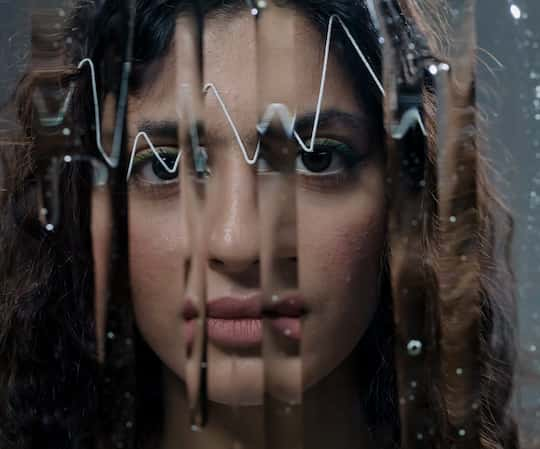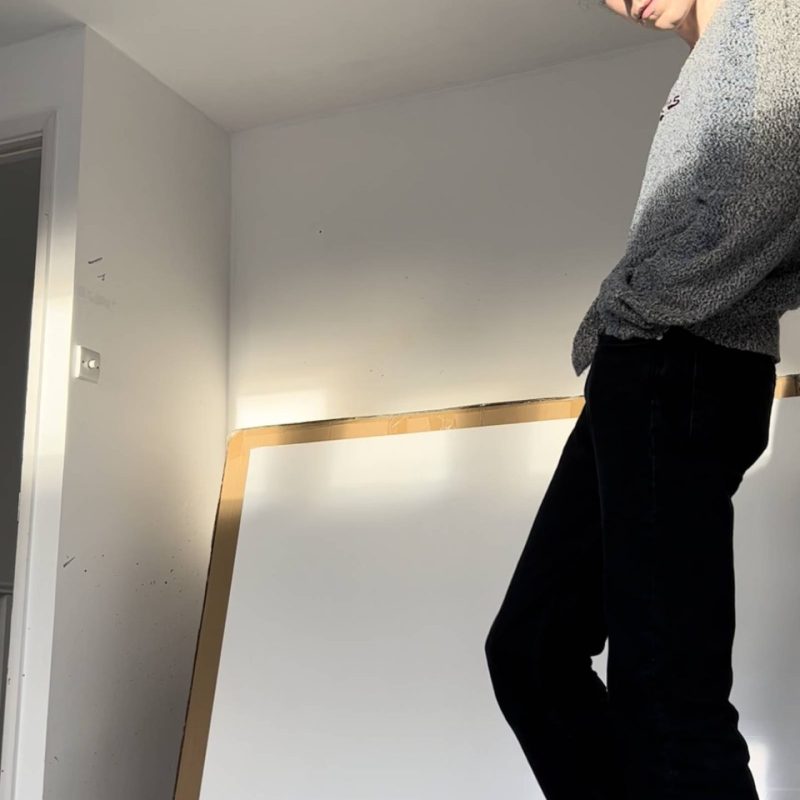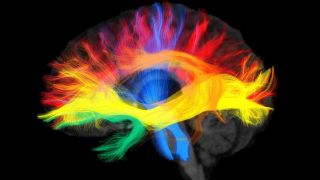Visually-evoked auditory response is an effect similar to synaesthesia where people hear silent flashes or movement.
Popular noisy GIFs or memes can be heard by some people who experience visually-evoked auditory response. This is due to a synaesthesia-like effect. But what are the brain mechanisms causing this?
An example of the popular ‘skipping pylon’ GIF which people are reporting that they can hear –via GIPHY.
A new study led by researchers at City, University of London showed that the silent flashes or movement are heard due to a reduction of the inhibition of signals that travel between visual and auditory areas of the brain.
What is visually-evoked auditory response?
The study is the first to provide an insight into the brain mechanisms behind visually-evoresponse, which is also known as vEAR, or visual ear.
Despite the theory that the areas of the brain which are responsible for visual and auditory processing normally compete, this research suggests that they may cooperate in people with visual ear.
Dr Elliot Freeman, Principal Investigator on the study and a Senior Lecturer in Psychology at the University said: “We already knew that some people hear what they see. Car indicator lights, flashing neon shop signs, and people’s movements as they walk may all trigger an auditory sensation…We found that people with ‘visual ears’ can use both senses together to see and also ‘hear’ silent motion, while for others hearing is inhibited when watching such visual sequences.”
Musicians who took part in the study were found to be more likely to experience visual ear, perhaps because musical training may promote attention to the sound of music and the sight of the coordinated movements of the conductor or musicians.
Is it a type of synaesthesia?
Some neuroscientists think that visual ear could be a type of synaesthesia. Some other examples of synaesthesia include music, letters, or numbers evoking the perceptions of colour.
But visual ear appears to be the most prevalent of these examples, with as many as 20 percent of people reporting experiences of visual ear compared to around 4.4 percent for other types of synaesthesia.
Source: ‘Visual ear’: The possible new type of synaesthesia, where people hear flashes























